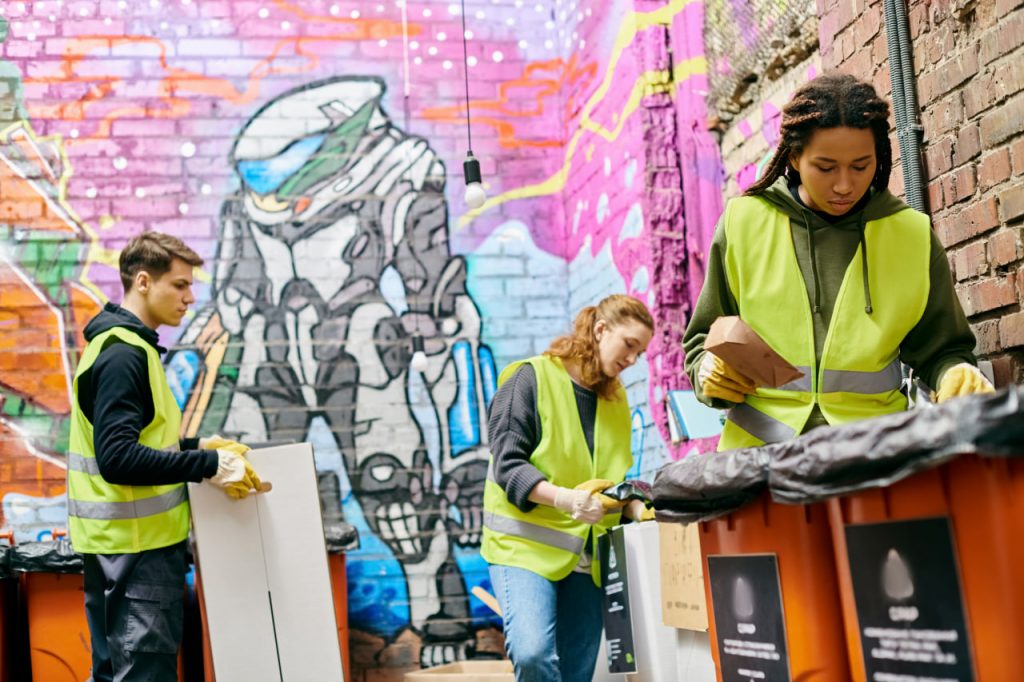Introduction:
Spray paint is one of the most essential tools for street artists, enabling them to create everything from intricate pieces to large-scale murals. However, mastering spray paint isn’t just about knowing how to use a can—it’s about understanding the various techniques that can elevate your artwork. This article will guide you through essential spray paint techniques that every street artist should learn to improve their skills and create dynamic, professional-quality art.
Key Points:
- Control and Precision:
When working with spray paint, control is crucial for achieving clean, sharp lines and detailed work. One of the first things you need to master is the distance from the wall and the angle at which you spray. Holding the can at a consistent distance (usually around 6 to 12 inches) will allow you to control the amount of paint coming out. A steady hand is key to preventing blotches or overspray, so practicing control with different spray pressures will help improve your work. - Shading and Blending:
Shading and blending are techniques that add depth and dimension to your artwork. To blend colors effectively, you need to work quickly before the paint dries. Start by applying a base coat and layering the colors you want to blend. Use the “fan technique” by holding the can at a 45-degree angle and using light, sweeping motions to apply the paint. Additionally, you can use a technique called “feathering” to create smooth transitions between colors. The key here is to keep your spray light and gradually build up the desired effect. - Layering:
Layering is one of the most important techniques for creating depth in street art. This technique involves building up multiple layers of paint to create texture, shadows, and highlights. Start with your base layer and let it dry before applying additional layers. For example, when creating a mural, you might first outline your design with a light color, then add darker shades and details over it. Layering allows you to adjust the contrast and refine the artwork without compromising the underlying structure. - Using Different Caps:
Spray paint caps are interchangeable, and each cap has its unique spray pattern and width. Different caps are designed for specific effects, and knowing how to use them can drastically improve your results. For example, the fat cap is great for filling large areas quickly, while the thin cap offers precision for fine details and outlining. Experimenting with different caps will give you more flexibility and help you achieve a wide range of effects, from thick lines to delicate, intricate details.
Conclusion:
Mastering spray paint techniques is essential for any aspiring street artist. Understanding control, shading, layering, and how to use different caps can elevate your street art to new levels. While these techniques take practice, they provide the foundation for creating more dynamic, detailed, and professional pieces. Whether you’re working on small tags or massive murals, these skills will help you push the boundaries of your artistic expression and make a lasting impact on the urban landscape.
